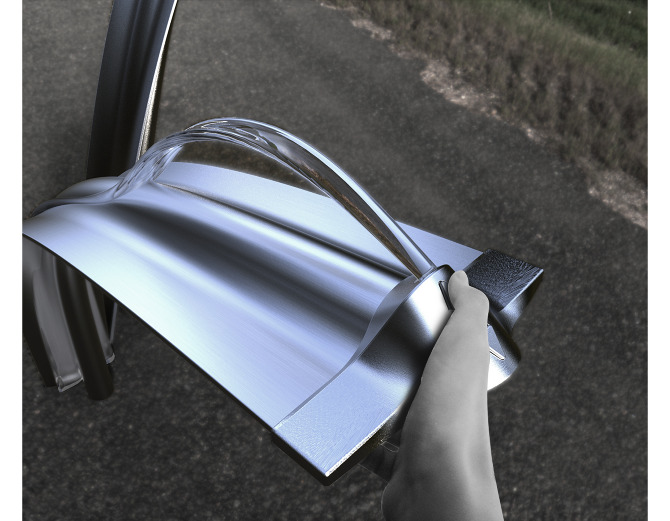Elegant and Accessible Drinking Fountain
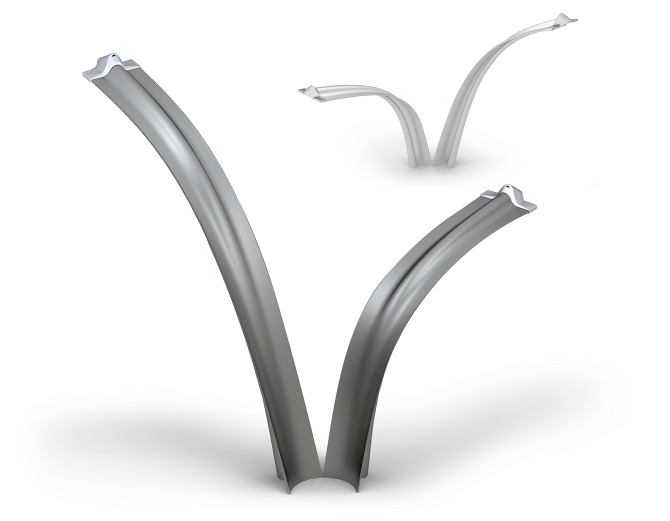
Despite the prevalence and probably overuse of bottled water, drinking fountains are still a necessary part of communities. You may not always have a drink handy with you which is when the drinking fountain is your friend while thirsty. There are also those who have reusable water bottles that use drinking fountains for a quick refill. Public drinking fountains are a fixture that is specifically regulated by ADA. Though most public drinking fountains are utilitarian in looks and at worst unsanitary looking. Recent Western Washington University Industrial Design graduate, Sarah Blott, has designed an accessible drinking fountain that is both elegant and sanitary in looks.
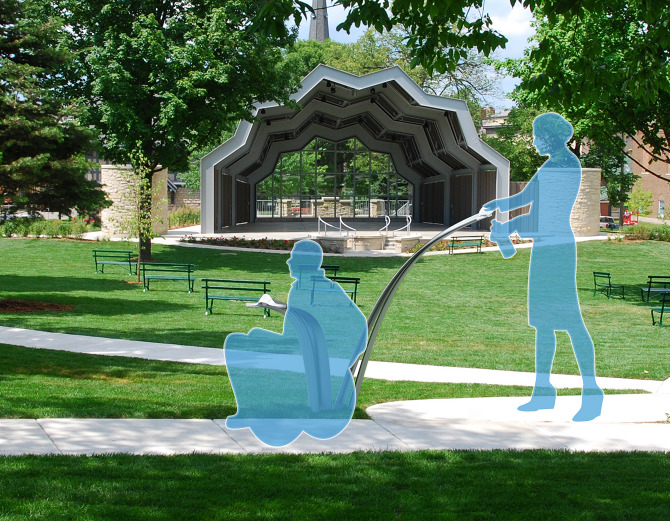
Blott’s drinking fountain consists of two fountains at different heights that look in shape like curved blades of grass. They swoop out of the ground in opposite directions to form a V shape. The ends of each fountain have two separate spouts and buttons. At one spout the water flows downward like a sink faucet to easily fill bottles. The other spout acts like a regular drinking fountain with the arching flow of water. Excess water from this spout flows down a flute formed in the structure to the ground. If installed indoors, the water would flow to a drain.
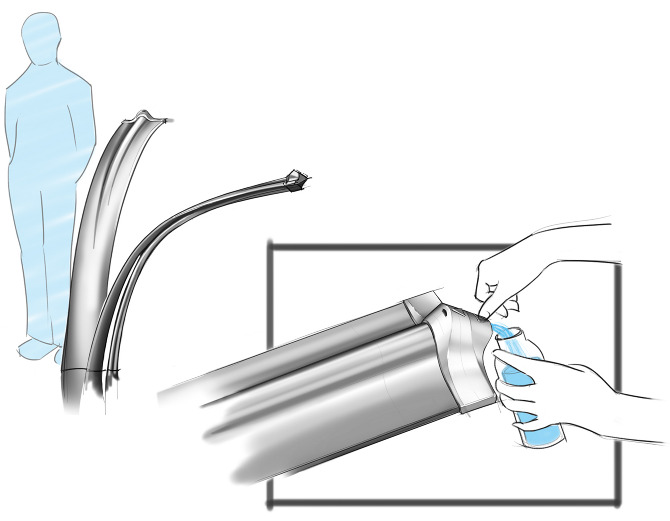
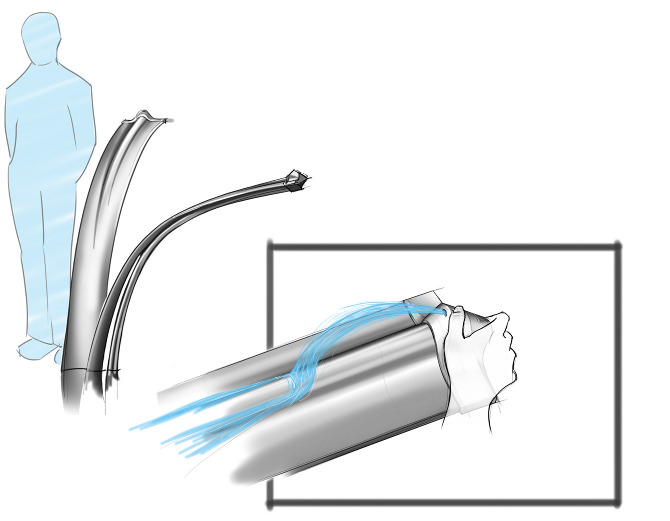
The two heights and curved shape make this drinking fountain wheelchair accessible. The sleek look also makes the drinking fountain more attractive to the public that would then use it more. Only change I would make would be bigger buttons or lever control for people who might have trouble pushing a small button. ADA has very very specific guidelines for drinking fountains that this one should be able to meet. As a future ADA Focus preview, here’s some of the requirements:
602.4 Spout Height. Spout outlets shall be 36 inches (915 mm) maximum above the finish floor or ground.
602.5 Spout Location. The spout shall be located 15 inches (380 mm) minimum from the vertical support and 5 inches (125 mm) maximum from the front edge of the unit, including bumpers.
602.6 Water Flow. The spout shall provide a flow of water 4 inches (100 mm) high minimum and shall be located 5 inches (125 mm) maximum from the front of the unit. The angle of the water stream shall be measured horizontally relative to the front face of the unit. Where spouts are located less than 3 inches (75 mm) of the front of the unit, the angle of the water stream shall be 30 degrees maximum. Where spouts are located between 3 inches (75 mm) and 5 inches (125 mm) maximum from the front of the unit, the angle of the water stream shall be 15 degrees maximum.
Advisory 602.6 Water Flow. The purpose of requiring the drinking fountain spout to produce a flow of water 4 inches (100 mm) high minimum is so that a cup can be inserted under the flow of water to provide a drink of water for an individual who, because of a disability, would otherwise be incapable of using the drinking fountain.
A lot of thought and research went into that! To see more of Sarah Blott’s portfolio and resume, visit her website www.SarahBlott.com.
